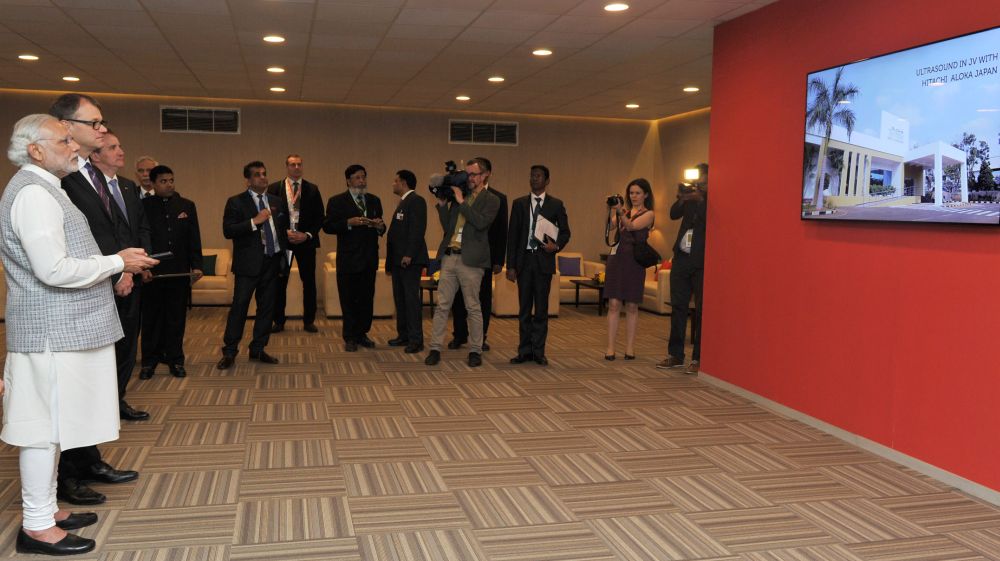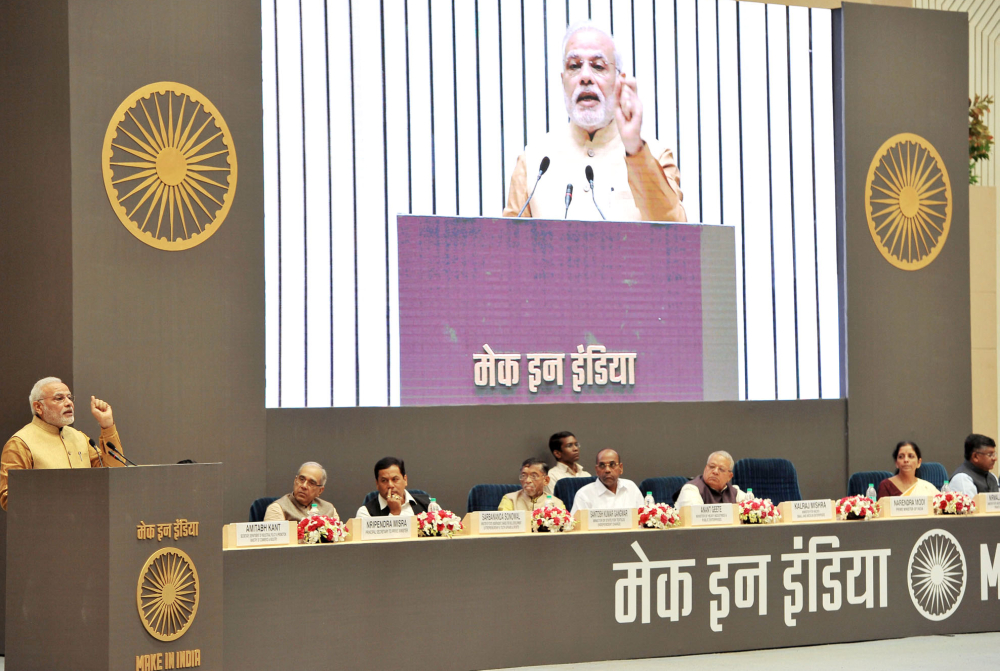Several measures have been taken to ensure continuous and unending improvement of the Indian IP ecosystem in the country. To this effect, Department of Industrial Policy and Planning (DIPP), Ministry of Commerce & Industry, Government of India, has formulated a multipronged strategy to develop an Intellectual Property regime in the country to promote creativity and to develop the culture of respect for innovations and creativity.
During the year, the Intellectual Property Office has been radically transformed through numerous initiatives that have contributed tremendously to easing of access to the IP system, efficiency in processing of IP applications, uniformity and consistency in the examination of applications, transparency and dissemination of IP information, bilateral cooperation at the international level, and raising the awareness level of the public.
Several measures have been taken to create a strong and vibrant IP regime in India. These are:
Modernization of administration: Creation of a highly transparent, e-enabled, efficient and accessible IP ecosystem in India that provides legal certainty to the industry.
A. Human Resources: An additional 1033 plan posts have been created, including 666 posts for Patents & Designs and 367 posts for Trademarks and GI at various levels. Already, recruitment is underway. Patent and Trademarks examiners are also being taken on contract to deal with the backlog.
B. Ease of access: The IP system embarked on its e-journey by introducing the complete electronic processing of Patents and Trademarks applications through specialized modules. To cater to the immense flow of the papers filed, a single central server at IPO Delhi is in place. Since India has a unique intellectual property office wherein there are 4 patent offices and 5 trademark offices, there is need for strong intra-office connectivity. The system is unique in itself since there is automatic generation of application numbers as also automatic allotment of the request for examination which is sequential and thus transparent and user-friendly.
a) Online e-filing facilities- Comprehensive online e-filing facilities for patent and trademark application were introduced in 2013-15 which provided the stakeholder 2 major advantages. First, an applicant can file an application virtually 24×7 and secondly, applications can be filed from the comfort of their workplace/ homes.
b) Comprehensive payment gateway- The IPO allowed the e-filers the facility of using debit cards, credit cards and internet banking. This year, e-filers were given the facility of using debit cards, credit cards and internet banking of over 70 banks for making payment of fees for all forms.
c) 10% rebate on online filing- To encourage online filing of the applications, a 10% rebate on online filing of applications and documents has been introduced; online filing has jumped from under 30% to over 80% in just a year.
Transparency and dissemination of information: The official website provides vast information relating to patents, trademarks, designs and geographical indications. The real time status of IP applications with entire file wrappers and e-registers is now open to the public, providing a strong tool to the public that can now be an integral part of the IP system. An innovative tool, showing the stock and flow of patents and trademarks applications at every stage of its processing, has ushered in transparency.
Fee Concession for MSME: MSMEs account for 45% of total industrial production and the total contribution of MSMEs to India’s GDP is 38%. To encourage them to innovate and seek protection for their inventions, a 50 % fee reduction has been provided for MSMEs.
Madrid Protocol: The operationalization of the Madrid protocol for international protection of trademarks provides the user the facility of protecting his trademark in 90 countries by filing a single application in one language with one set of fees filed at the Trademarks Registry. Till June 2015, 13,666 international applications designating India have been received at the Trademarks Registry, India.
International Search Authority and International Preliminary Examining Authority: India has been recognised by the World Intellectual Property Organization as the 17th International Search Authority and International Preliminary Examining Authority in the world. It began its operations in 2014 and till date, 758 international applications have been received and 575 reports issued. India prides itself on providing quality reports at the lowest cost among the international players like USPTO, EPO, JPO etc. At present it has been recognised as ISA/ IPEA for nationals of Republic of Iran.
6. IPR Awareness Programmes: Awareness creation is one of the major planks of the modernization scheme of IP system, as this will educate the stakeholders about the benefits of registration of their rights as also educate the general public, particularly the business community, on perils of infringement of IPRs held by others/ dealing in pirated and counterfeit products. These programmes are also expected to sensitise the enforcement agencies such as state police forces, and the judiciary.
a) IP Training, Awareness and Outreach Activities: Awareness/ sensitization programs on IPR are organized by IPO as well as with industry associations, Chambers of commerce, academic institutions etc.
b) National and international symposia/ seminar/workshops on IP are organized for potential IP users.
c) e-learning resources: To educate the public via the internet media, a portal on the website of office of the CGPDTM has presentations uploaded on various aspects of IPR.
d) Kids Nook: A corner to educate and inculcate the culture of respecting and protecting IPR’s among the next generation has been undertaken via uploaded comics which are based on basics of IPRs.











